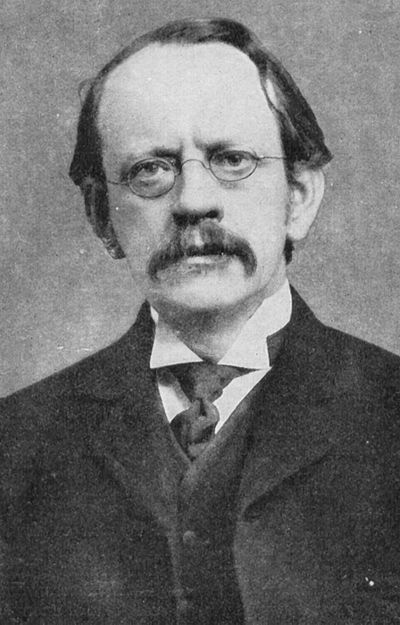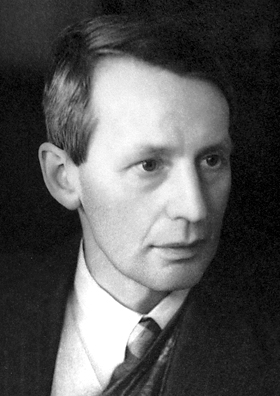Overview of the chapter
In 1906, J.J. Thompson was awarded the Nobel prize for discovering a very important particle - the electron. It is ironical that in 1937 his son, J.P. Thompson, would be awarded the Nobel prize for proving that the electron was actually a wave.
We will begin our exploration of quantum mechanics with this wave nature of the electron. Is everything a wave? If so, what determines the wavelength of such waves?
Further, we need to ask about the consequences of something being a wave. In what way do waves behave differently from particles? Are there any important effects in our everyday life that result from the wave nature of the electron?

In 1897, J.J. Thomson showed that cathode rays were made of negatively charged particles - electrons.

In 1927, J.P. Thomson announced that electrons exhibited diffraction, and so were waves.